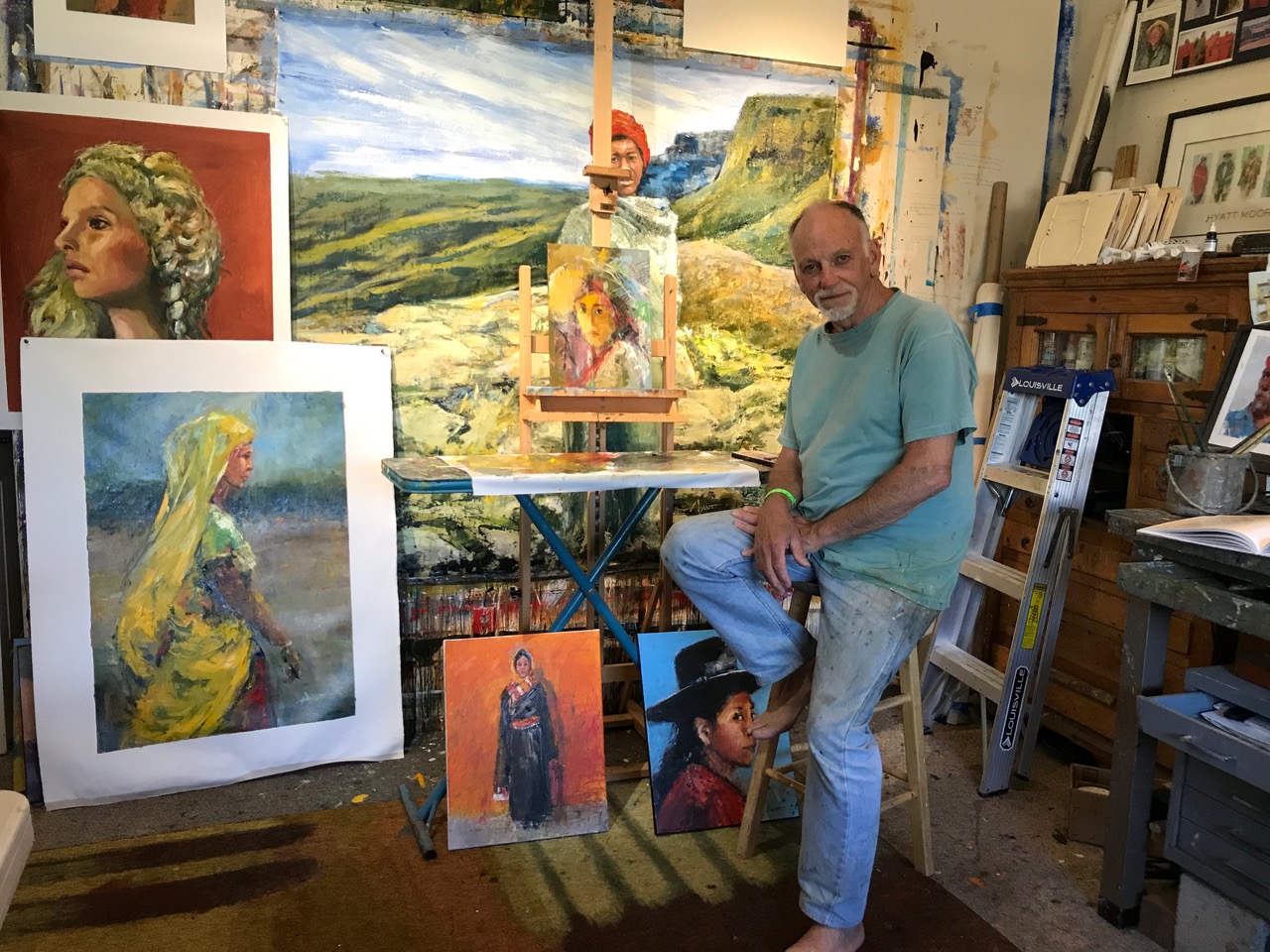by Karis Lee, AWE blog editor
"In those days Caesar Augustus issued a decree that a census should be taken of the entire Roman world. (This was the first census that took place while Quirinius was governor of Syria.) And everyone went to their own town to register.” -Luke 2:1-3
I don’t think we would be too surprised if we turned on the news and saw a headline like this today. “Foreign government leaders announce a mandatory census: all citizens are to return to their registered home states to comply.”
So tumultuous. So unprecedented. So inconvenient, you moan to your neighbor. But what can you do? you sigh. Off you go.
The moment seems no more ripe for fairytale as you join the sweaty mass of people at the airport, elbowing their way home to register. When you arrive, you pause to listen to the frazzled hotel manager grousing about a pregnant teenager and her fiancé begging for shelter. No reservation, but there’s an old barn in the back.
Another headline, you think, “Homeless couple gives birth in a barn: manger used as a cradle.” Sad, yes, but these days sad stories are a dime a dozen. Maybe we can start a GoFundMe, you half think before you smack your forehead. You forgot to pack presents for the distant relatives who live in your small hometown.
But as you hurry to see what shops are still open, your eyes snag on some overripe hippie-types in a frenzy. Angels, you hear, and the Messiah was just born here. You stop. You haven’t heard that name in years.
When you were a kid, one of your eccentric great-aunts used to tell you stories of this savior-hero. But then you grew up and found that such monsters as pandemics and loneliness, war and inflation, weren’t the kind a God-guy could penetrate through. Perhaps this kind of life, you think, isn’t a story built for miracles.
Or is it…
We left off six years ago when Jonahre held our last Christmas Art Walk in Barrington: 12 Advent inspired paintings commissioned by 12 artists, installed in 12 partnering stores for people to experience as one cohesive story.
In 2017, no one would have accused our world of being naive or beatific. But as we return to our roots in this 2023 Christmas Art Walk, we are clinging (perhaps more equally and hungrily than ever) to the sacred joy and the sacred sorrow of the Nativity story.
As per tradition, along with rich, evocative paintings, this Christmas Art Walk will culminate in an open-air play of the Nativity. It will bring to life some of the unlikely witnesses to the birth of a centuries-delayed miracle within the eye of their own time.
Mary. A teenage girl turned mother of God. Both of our talented casts for Mary, Naomi Rogers (past), and Danielle Miller (present), are no longer teenagers-but do our younger selves ever truly leave us? From hers, Danielle muses on playing Mary this year with “a little more naïveté…a little more awe.”
Danielle believes that the medium of a live performance “may be a little bit more accessible” for younger generations who might have less exposure to tangible art. However, in both paintings and performance, she says, “you can control your part [as an actor/artist] in what you give, but you have no idea what the receiver comes to the story with.”
Motherhood is what comes to Naomi, reflecting upon her experience playing Mary in 2015-2017. “I’ve got 2 adult children who are married,” Naomi says after a pause. “[I have] 2 grandkids. One here on earth…one in heaven,” an almost imperceptible tremor in her voice this time.
"As a mom, you never want your child to hurt, and yet [Jesus] hurt for all of us.”
Naomi, who is also the granddaughter of Armenian genocide survivors shakes her head. “The sacrifice…I couldn’t do it. I couldn’t willingly give my child to bear the sins of the world. He did that for us.”
Joseph. A working man, struggling to find the most basic shelter for his vulnerable wife and newborn. For Sue Schuerr, who wrote the script with her husband, Joseph's plight lands a little more acutely with the surging rates of homelessness. “Just talking about it makes me tear up,” she says, picturing him trying to remain strong, surveying the desolate space they shared with barn animals. “Joseph must have wanted something better for his wife, any father would relate to that.”
An act of incarnation. As a writer and director, it is paramount for Sue to make sure her actors understand the lines they are saying. According to her, this is what live performances do differently from paintings. “They’re doing it in first person,” she says, “becoming that person.”
One can’t help but hear the echoes of incarnation in her phrasing.
There is, perhaps, no other art form that mirrors Jesus’ radical solidarity with the human experience quite as literally as within acting. But beyond mere catharsis, Christ chose to enter the joys and heartbreaks of the flesh to redeem it.
“In the beginning of Scripture, God is with us,” Jason, our new Joseph, explains. “Sin separated us from God, and He then sent a stream of art. Prophets speaking poetry…all these things that reflect and echo his presence, his truth, and his love for his creation.
But in the end, Jesus needs to come be with us again.”
“And that’s really what this story is about,” he goes on, “[Jesus] coming into this world-into the stable, into our midst-as God with us…as Emmanuel.” In this post-everything world, who among us does not long for Peace and Joy and Truth to become as solid and all-consuming as a loving embrace?
We hope you will join us this year in Barrington on December 12-24 to immersively experience just such a story through our Christmas Art Walk: A Gift to Remember.
——————————
Sue and Larry Schuerr: Sue has a Master of Art degree from Concordia University and is a retired English drama teacher of nearly 30 years. She has directed a number of school productions such as, “Miracle Worker,” and, “Pygmalion.” Her husband, Larry, who also has a background in academia, assisted her in the research and writing of the script.
Danielle and Jason Miller: A Milwaukee transplant, Danielle is an actress, opera singer and director who has performed with the Florentine Opera Company, Acacia Theater, Overshadowed Theatrical Productions, etc. She duets this role of Mary in the 2023 Christmas Art Walks with her husband, Jason Miller, as Joseph. A tech project manager by trade, Jason is also a passionate poet and musician who has performed in a number of school Shakespearean productions.
Naomi Rogers: The Lord has blessed Naomi with her own performance ministry, His Story Productions, where she travels to various venues/events proclaiming the Gospel in a one woman show as Mary, Jesus’ mother, with her husband, Michael, as the technical director of the ministry. Naomi played the part of Mary in the 2015-2017 Art Walk, along with Michael as Joseph in 2015-2016. She assisted in this year’s stage direction. She and Michael have also performed together with Overshadowed Theatrical Productions in, “The Hiding Place,” and, “Chitty Chitty Bang Bang.”














